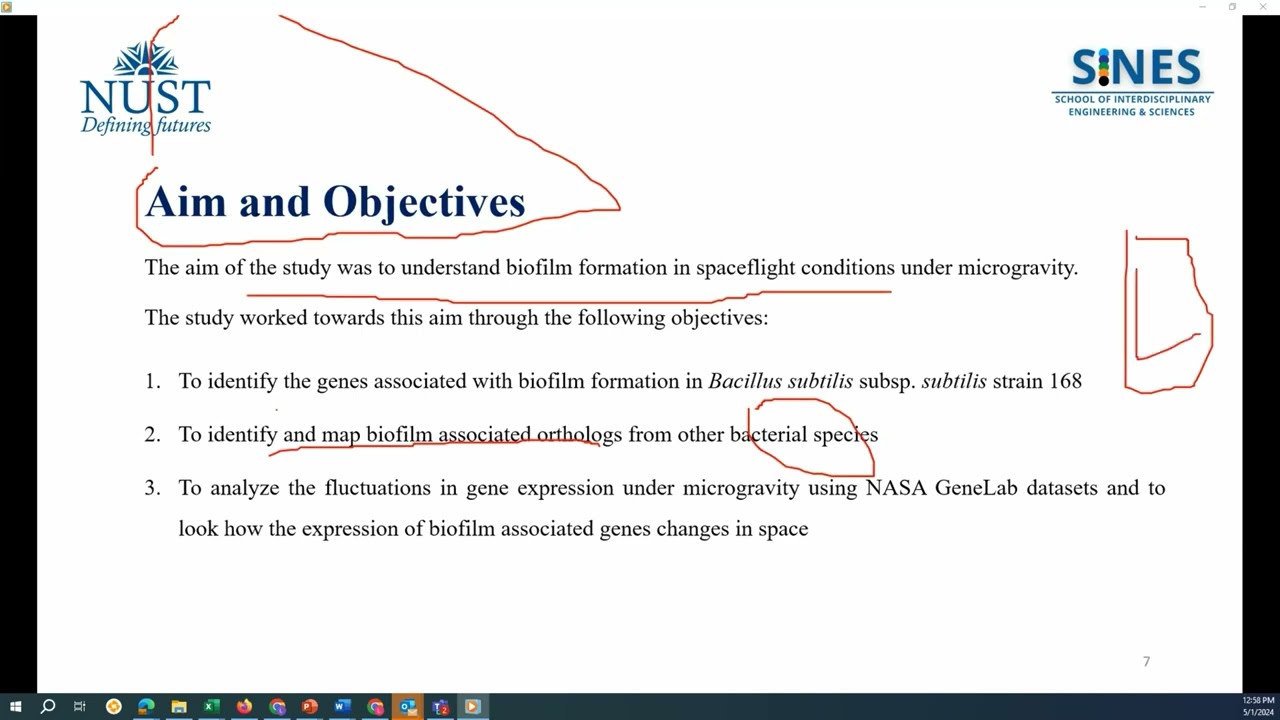Hi everyone,
I’m excited to invite you to join the AWG PD subgroup, with the goal of making it more accessible to the broader scientific community. We focus on the analysis of multi-omics data from spaceflight and its comparison with Parkinson’s disease (PD) patient data from MJFF’s PPMI and other publicly available datasets, with a strong emphasis on brain aging and PD-like neurodegenerative risk.
Our subgroup was launched in early 2024 and brings together researchers interested in effect of exposome, such as microgravity and radiation on the brain, PD biomarkers, and aging-related vulnerability due to spaceflight environments.
We welcome individuals from diverse backgrounds, including molecular biology, neuroscience, computational biology, AI/ML, and systems medicine.
![]() What we do:
What we do:
- Analyze omics data from rodent brain, human, and neuronal models exposed to spaceflight and space analog stressors
- Compare these findings to clinical PD datasets to identify convergent molecular signatures
- Curate custom PD and aging-related pathways
- Explore data-driven hypotheses on the intersection of radiation, aging, and neurodegeneration
We already have several active and upcoming projects—some open to new collaborators—and are working on multiple publications.
![]() Here’s a link to recent publications and presentations on this topic from our subgroup and my lab.
Here’s a link to recent publications and presentations on this topic from our subgroup and my lab.
https://www.nature.com/articles/s41526-024-00457-6
More exciting work is underway!
![]() We meet biweekly on Mondays at 9 AM MST (subject to change soon)
We meet biweekly on Mondays at 9 AM MST (subject to change soon)
![]() If you’re interested in joining, contributing, or just learning more, please DM me or email at nilufarali@boisestate.edu.
If you’re interested in joining, contributing, or just learning more, please DM me or email at nilufarali@boisestate.edu.
Let’s work together to uncover the shared mechanisms behind PD and spaceflight exposure—and develop strategies to mitigate the risk.
